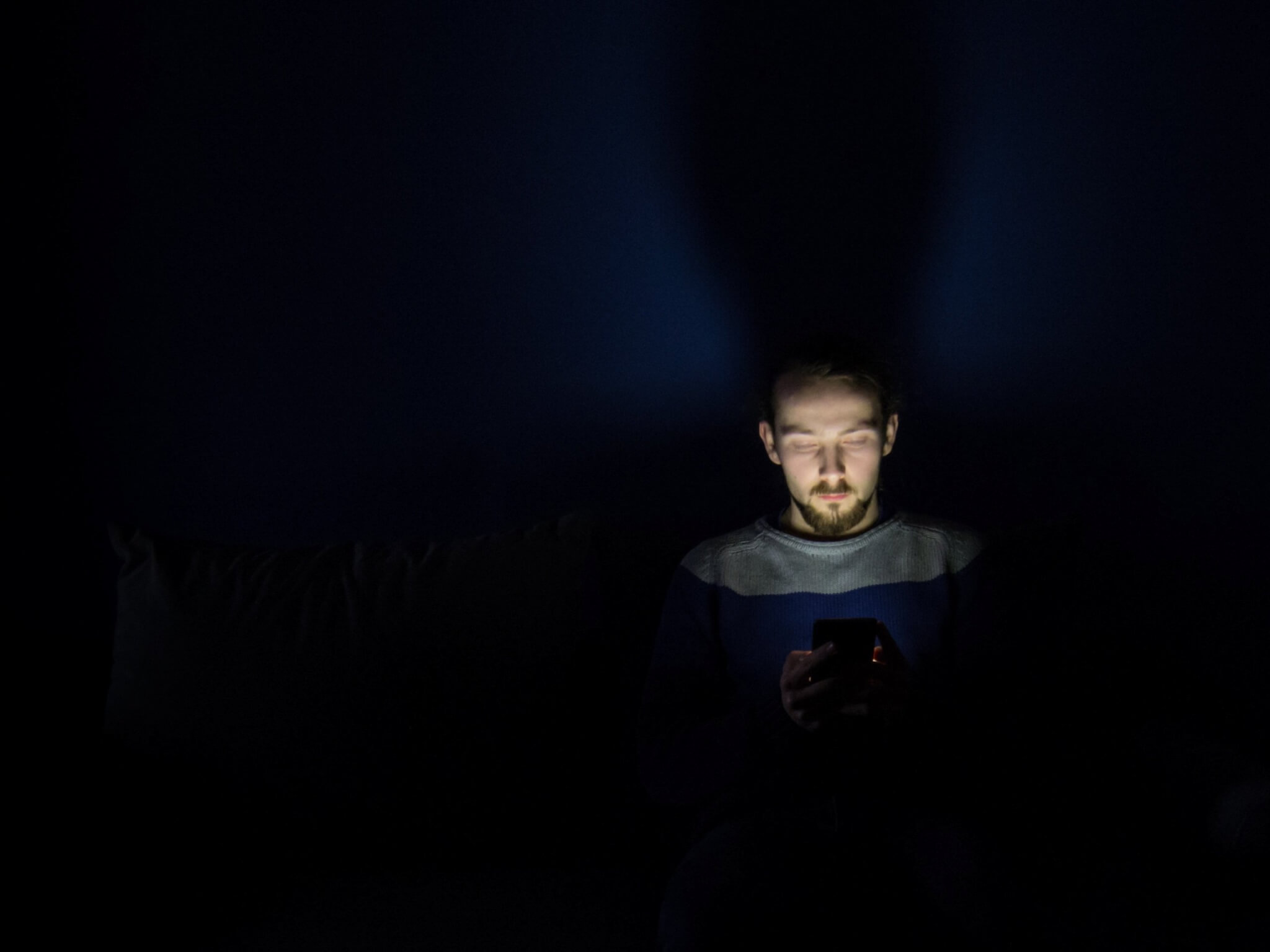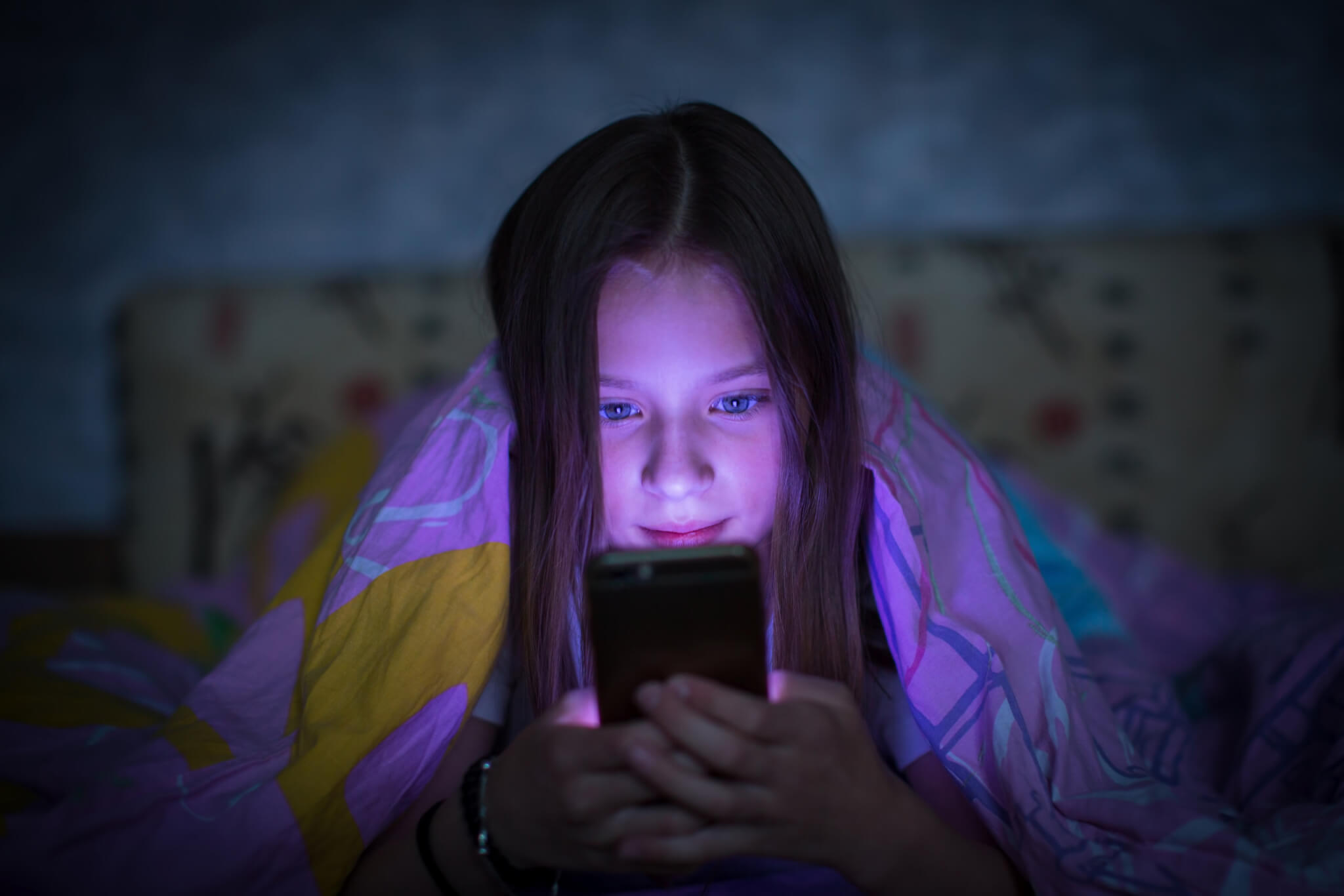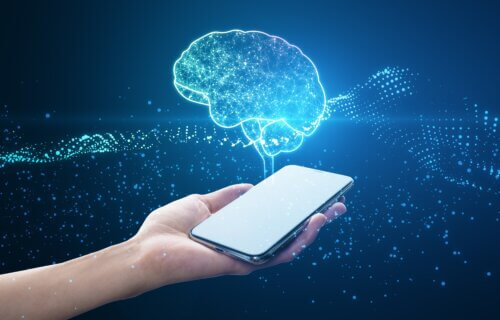MUNICH — In our modern world, we’re surrounded by artificial light 24/7. From the glow of our smartphones to the bright hues of LED bulbs, we’re bathed in more light than ever before – especially light on the blue end of the spectrum. But could this short wavelength light (SWL), particularly in the evening hours, be messing with our body’s natural rhythms and even harming our health?
This is the question that a panel of experts from the International Commission on Non-Ionizing Radiation Protection (ICNIRP) set out to answer in a recent statement published in the journal Health Physics. They combed through the scientific literature to assess whether exposure to SWL from artificial sources is disrupting our circadian rhythms and if this disruption could lead to adverse health outcomes.
Why Light Matters
First, a quick biology lesson. Our bodies run on a roughly 24-hour cycle known as the circadian rhythm. This internal clock governs everything from when we feel sleepy to when hormones are released. A key player in this system is melatonin, often called the “sleep hormone” because its levels rise in the evening, preparing us for slumber.
Light, it turns out, is one of the main external cues that helps keep our circadian rhythm ticking on schedule. But not all light is created equal. SWL, which has a peak wavelength around 480 nanometers (think the blue glow of a smartphone screen), is especially potent at suppressing melatonin production and shifting our circadian rhythm.
This makes sense from an evolutionary perspective. The blue light of the morning sky signaled to our ancestors that it was time to wake up and be active. The warm, reddish hues of the evening triggered a cascade of changes preparing the body for sleep. But in our world of constant artificial lighting, we may be getting mixed signals.

Blue Light Studies Contradictory
The ICNIRP experts found that experimental studies have indeed shown that exposure to SWL, especially in the evening or at night, can suppress melatonin, increase alertness, and disrupt sleep. However, the results are not entirely consistent, with some studies showing significant effects and others finding minimal impact.
The experts point out several limitations in the current research that make it difficult to draw firm conclusions. Many studies relied on photometric quantities like illuminance, which don’t fully capture the biological impact of SWL. There’s also a lack of consensus on the best way to measure light that specifically stimulates the intrinsically photosensitive retinal ganglion cells (ipRGCs), the specialized cells in the eye that are most sensitive to SWL and play a key role in non-visual responses to light.
Moreover, individual factors like age, light exposure history, and genetics can influence sensitivity to SWL. For instance, the lenses of our eyes naturally become more yellowed with age, filtering out more blue light. This means that children and teenagers may be more vulnerable to the effects of evening SWL exposure.
When it comes to long-term health consequences, the waters get even murkier. While some studies have linked circadian disruption and melatonin suppression to increased risk for certain cancers, metabolic disorders, and mood disturbances, there’s a dearth of high-quality epidemiological studies specifically assessing chronic SWL exposure.

‘Digital Curfew’ Still Good Idea
So, what’s the bottom line? The ICNIRP statement concludes that while there’s certainly cause for concern, we don’t yet have enough solid evidence to say definitively that SWL from our devices and lighting is wreaking havoc on our health. More rigorous research is needed, using standardized measures of SWL exposure and carefully controlling for confounding factors.
In the meantime, the experts offer some common-sense advice: If you’re worried about the potential effects of SWL, especially at night, consider dimming your devices, using “night mode” settings that reduce blue light emissions, and giving yourself a digital curfew a couple hours before bed. Opt for dim, warm lighting in the evening, and make sure to get plenty of bright light exposure during the day to keep your circadian rhythm properly entrained.
As our understanding of the complex interplay between light, circadian biology, and health continues to evolve, one thing is clear: In the age of ubiquitous screens and LED lighting, being mindful of our light diet may be just as important as watching what we eat. While we await more definitive research, a little precaution and moderation with those alluring blue hues couldn’t hurt.
